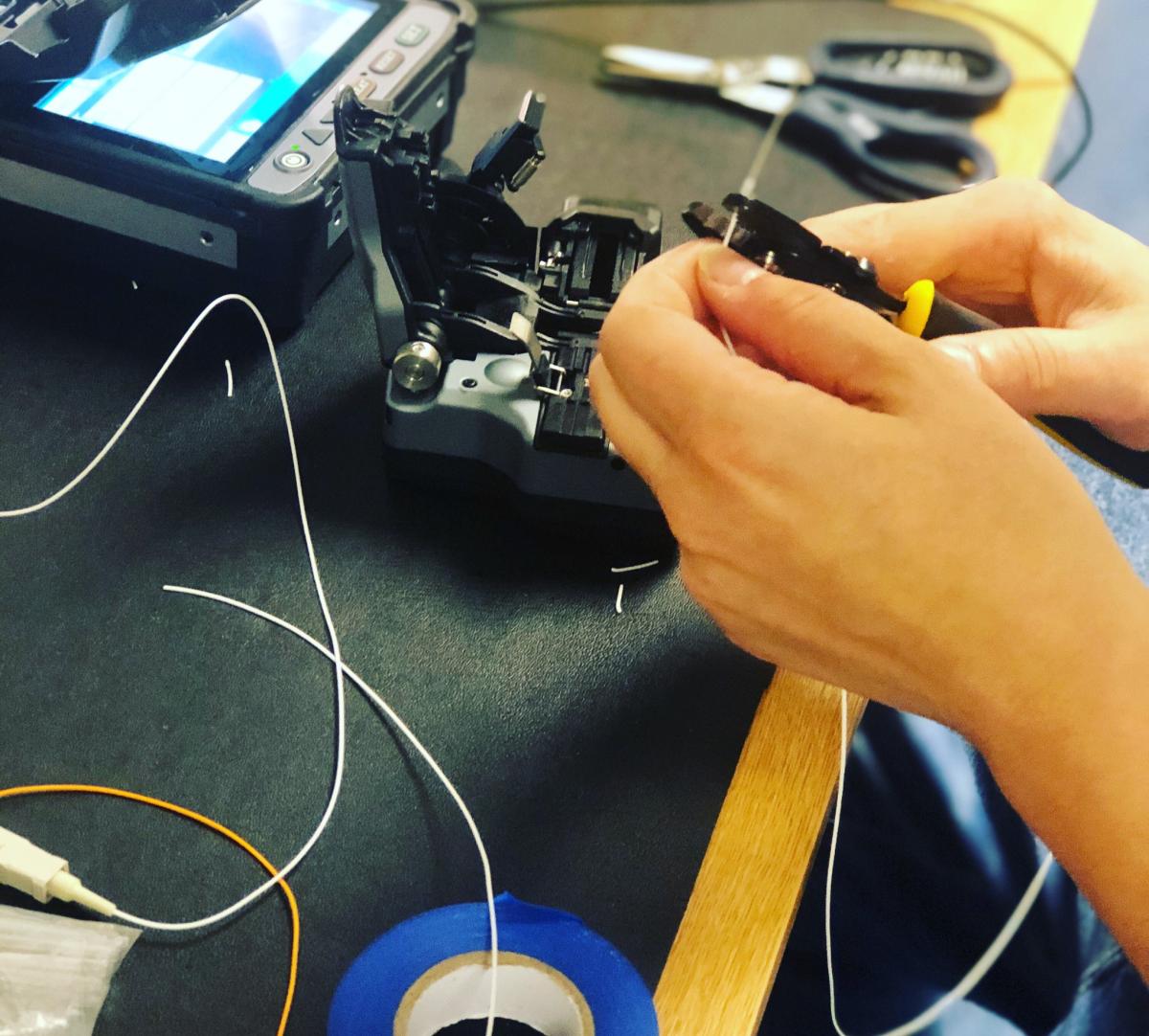Neil Bessant ponders whether advances in technology could change the skills requirements for network engineers
As network usage has surged across Europe, the industry has worked tirelessly to ensure networks can cope with demand. Remote working, remote schooling and remote health have all played their part in driving this surge in internet usage.
According to reports, internet use in some European nations more than doubled in 2020. UK incumbent provider, Openreach said that its customers in the market consumed 50,000 petabytes of data in the year, compared with 22,000 in 2019.
Likewise, Vodafone reported a 50 per cent increase in internet traffic in Europe since the pandemic began. The intense increase in usage has created a change in dynamic for operators and engineers maintaining and upgrading network infrastructure in Europe.
Engineers’ work schedules have become much busier, and finding the time to complete jobs on time and within budget, whether they work for an operator or a subcontractor, has become their biggest challenge. Couple this with barriers to skilled engineers, and operators have some real headaches.
Project demand
The rise in need for bandwidth has meant that operators have faced the challenge of keeping up with connecting people. The good news for the industry is that plans for many of the fibre upgrade projects we are seeing in Europe right now to support the need for connectivity, were already in the pipeline and the pandemic has only served to bring their timelines forward.
Openreach for example announced in December that it had hit a record build rate for its full fibre broadband programme, which aims to reach 20 million homes and businesses by the mid-to-late 2020s. It says engineers are now delivering faster connectivity to 40,000 homes and businesses a week. Yet this isn’t without the caveat that the target will only be met with ‘the required critical enablers’. Access to engineers with the right skills is going to be key for all operators rolling out upgrades and new networks.
Across Europe, including the likes of Italy and France, there are major FTTH projects under way as more and more governments look to invest in their country’s networks and increase general investment to ensure infrastructure is in place to keep economies moving. This is because the radical change in our home and work lives looks set to stay for the long-term as many organisations commit to permanent remote working or at least a mix of home and office.
So, with such increased activity in the industry what can help ensure engineers can complete projects on time and within budget?
Closing the gap
There are realistically only two ways for the operators and sub contractors to address the skills needed for the pace of the major network projects being undertaken. Either hiring and training new network engineers, which can be a timely and very expensive process, or turning to technology to speed up time and reduce cost on projects. Of course these two can work hand-in-hand.
During the pandemic, operators have been crying out for engineers. Openreach has created 5,300 new engineering jobs which will be filled in 2021 in both the company itself and within its supply-chain. While other smaller operators are looking to hire for network engineers or fibre splicers.
Job advertisements online include skills like ‘must hold or have held an Openreach fibre accreditation’ or ‘have extensive experience of working on networks.’ Yet advances in the technology at engineers’ disposal simplify the installation process, increase productivity and reduce down-time - something which is welcomed by even the most experienced installers.

Image credit: Total Comms Training
In the industry there is a split between skilled workers who have experienced backgrounds working on networks, and those completing FTTH subscriber connections who may have come from varied backgrounds with minimal training. The rise in FTTH is also driving demand for new installers handling subscriber connections. For many it is or will be their first experience of the telecoms industry.
The latest generation of fusion splicers, for example, have active fusion control and blade management technology, which take away some of the key challenges on installations of which engineers would previously have had to be mindful. This is being seen on most components and technology engineers need for projects, as the tools they use get smarter and manufacturers’ research and development continues to advance. This could mean that installation is straightforward, even for engineers new to the industry.
These advances in technology also reduce time on the ground, in turn, helping to control costs on projects. For operators that need to carry out projects now, investing in technology is their quickest short term gain.
Five years’ time
There’s no question that the next five years are going to see continued growth for the sector. As with any growth, it doesn’t come without its challenges. Supply of equipment and talent will be the industry’s biggest barriers to completing roll-outs on time. By investing in people and technology, operators and contractors will be in the best position to meet future network demands as the market dynamic continues to shift with changes in internet usage and the roll-outs of FTTH and 5G.
Neil Bessant is fusion splicer divisional manager at Fujikura Europe


